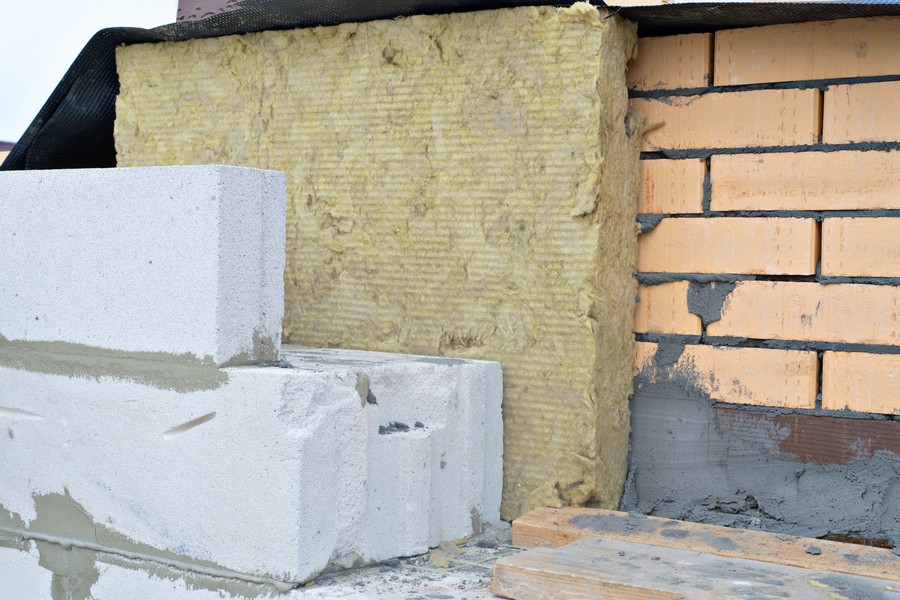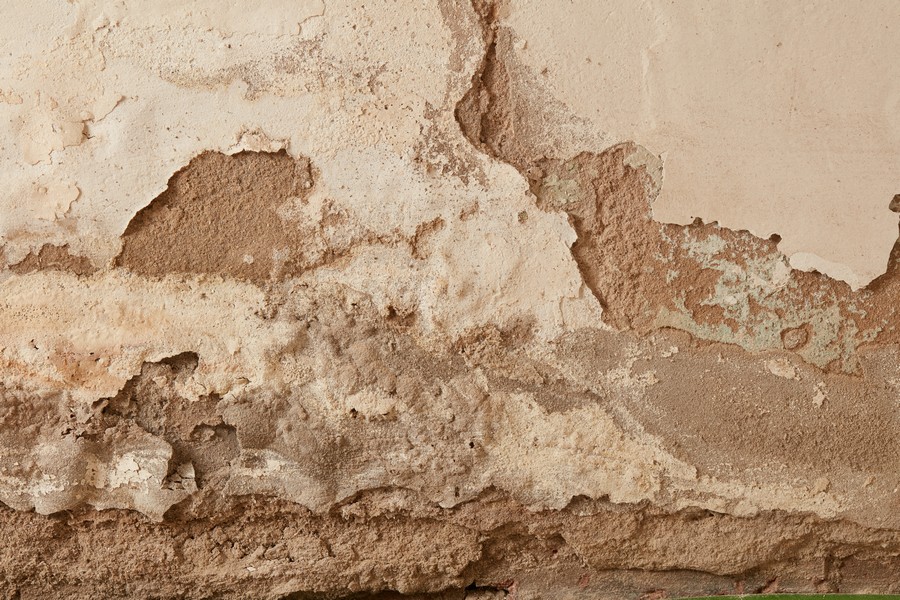Contact Sussex Damp Experts Now to Speak With an Expert.

Sussex Damp Experts are damp proofing specialists with a variety of services: surveys, repairs and treatments. From a damp and timber survey, wet rot treatments to cavity wall insulation and other damp treatment methods for rising damp problems, our expert team can address a diversity of humidity issues at your property, identifying, managing and eradicating them.
Cavity walls are common to avoid moisture entering the properties, especially from rain penetration or basement tanking. Damp proofing these walls increases the level of protection, helping keep the humidity out of both cavity walls and consequently outside the building.
The term “cavity wall” refers to a wall with a hollow middle. They are made up of two “skins” separated by a hollow gap (cavity). Typically, the skins are made of masonries, such as brick or cinder blocks. Masonry is a porous material that may collect rainwater or even humidity and draw it into the wall over time.
Its primary function is to divert water away from the cavity. Metal flashing is typically installed from the inner wall to the exterior wall, with a downward-curving weep hole to allow water to drain. The weep holes allow wind to create an air stream in the hollow, allowing evaporated water to escape to the outside. Weep holes are usually made by separating multiple vertical joints at the base of each level about two metres apart. Weep holes are also installed above windows to save wooden window frames from rotting.
Both walls that form the cavity must have an effective DPC (Damp Proof Course) and waterproofing coatings to maximise the structure impermeability. That’s why it’s so important to check them and guarantee there are no damages regularly. For expert advice and assistance dealing with cavity wall insulation, please call us on 01273 257 765.

Converting damp basements and other below-ground spaces into dry rooms can be a cost-effective and enjoyable way to expand a home or make better use of existing space. Creating a damp proofed cavity wall is one of the best options to preventing moisture degradation over time.
Damp proofing the cavity walls stops moisture and water from passing through interior voids in walls and foundations. The use of continuous hollow walls effectively prevents moisture from transferring from the exterior to the inner wall.
Sussex Damp Experts can apply three different types of structural waterproofing protection:
The structure will most likely be made of concrete or masonry, and its design will provide only limited protection against water infiltration. As a result, protection is primarily dependent on a barrier system applied to the structure (internally or externally) and, where appropriate, usable ground drainage.
Type A systems can be used on wet substrates and provide resistance to hydrostatic backpressure.
These systems are a multi-coat waterproofing method applied to walls, floors, and soffits with numerous interim layers. The device, once deployed, will create a physical barrier that will keep the area dry.
Construction joints, expansion joints, and/or connection joints are used to provide sealing. To enable high joint movement, a Hypalon Strip glued with an epoxy resin is used.
Depending on the grade of basement use, the structure is designed, and built-in reinforced or pre-stressed concrete to Eurocode 2, BS EN 8500 (to minimise water penetration); BS 8102 or BS 8007 (to prevent water penetration).
It is made of structural concrete (including diaphragm walls) or masonry to prevent water from entering the structure. Any water that does get into the basement is channelled, collected, and discharged within the hollow created by adding an inner skin to the walls and floor. This system will typically include drainage systems and sump/pump units to remove groundwater from the structure.
Water is directed into drainage channels by hollow drain membranes, often put on the walls and floors. The channels then carry water to sumps or drains to evacuate from the structure safely. Traditional cementitious tanking systems, which work by holding water back, are replaced by cavity drain membranes. Cavity drain membranes operate by allowing water to pass through the structure while controlling it in the air gap and diverting it to a proper drainage point. They prevent pressure from building up against the interior structure, and the air space between the membrane and the structure helps it breathe and dry out.
The membranes are loose-laid on floors and fastened to walls using appropriate plugs and sealing materials, and the substrate requires little or no preparation. Wall surfaces can be dry lined or plastered right after the membrane has been put, and floors can be screeded or a floating dry board system installed.
The costs associated with addressing a damp problem depend on many different factors such as dimensions, property’s architecture, type of damp cause, materials involved, among others.
Because there’s a comprehensive range of details to consider, don’t hesitate to contact our fully trained team or call on 01273 257 765 to book a survey and have one of our friendly team members inspect the property and fully understand the situation, providing you with the most cost-effective quote.


Sussex Damp Experts is a prominent damp proofing and property preservation firm in the United Kingdom. We are members of TrustMark, while also having a team of specialist professionals with over 20 years of combined experience, giving you additional peace of mind.
Some of the issues we’ve helped to solve in hundreds of homes:

Please contact our excellent customer service or call 01273 257 765 if you would like to speak with one of our specialists about any of your concerns about damp in a building. We’d be happy to talk to you honestly and frankly about the problems to provide your request with the information and knowledge you need to go ahead.


Max and his team have been at our property all week and I really can’t thank them enough for the fantastic job they’ve done on plastering both our walls and ceilings. They have literally transformed the appearance of our house! Not only has Ma…

From start to finish Max has been incredable. His knowledge lin damp proofing is second to none and his team where very clean and polite. The plastered finish was like glass so happy we choose Max Plastering for job.

Lovely bunch of lads left a very neat and clean job. Problem was solved.

Perfect Finnish and all left clean and tidy and no mess. Used Max previously and would not hesitate to ask him carry out more work.

Max, Harvey and Stuart arrived promptly as arranged. Done a great job on our outside rear wall. Work completed to a high standard, removal of all old material and cleaned up after themselves. I am so pleased with the standard of their work they ar…

They turned up on time and carried out the works in a very professional manor leaving the front of the house clean and tidy. Very impressed would definitely recommend.

I have to say that on every level Max (with Stuart and Harvey) did an extremely professional job! They explained what they were going to do, they were polite and courteous and respected that they were coming into our home. The plastering is of the…

I called max and he managed to come around the same day to do a survey. The next day I received an extremely detailed survey compared to any other damp proofer which made me feel very at ease that he was going to do the right job. Max and team tur…

Contact Sussex Damp Experts Now to Speak With an Expert.